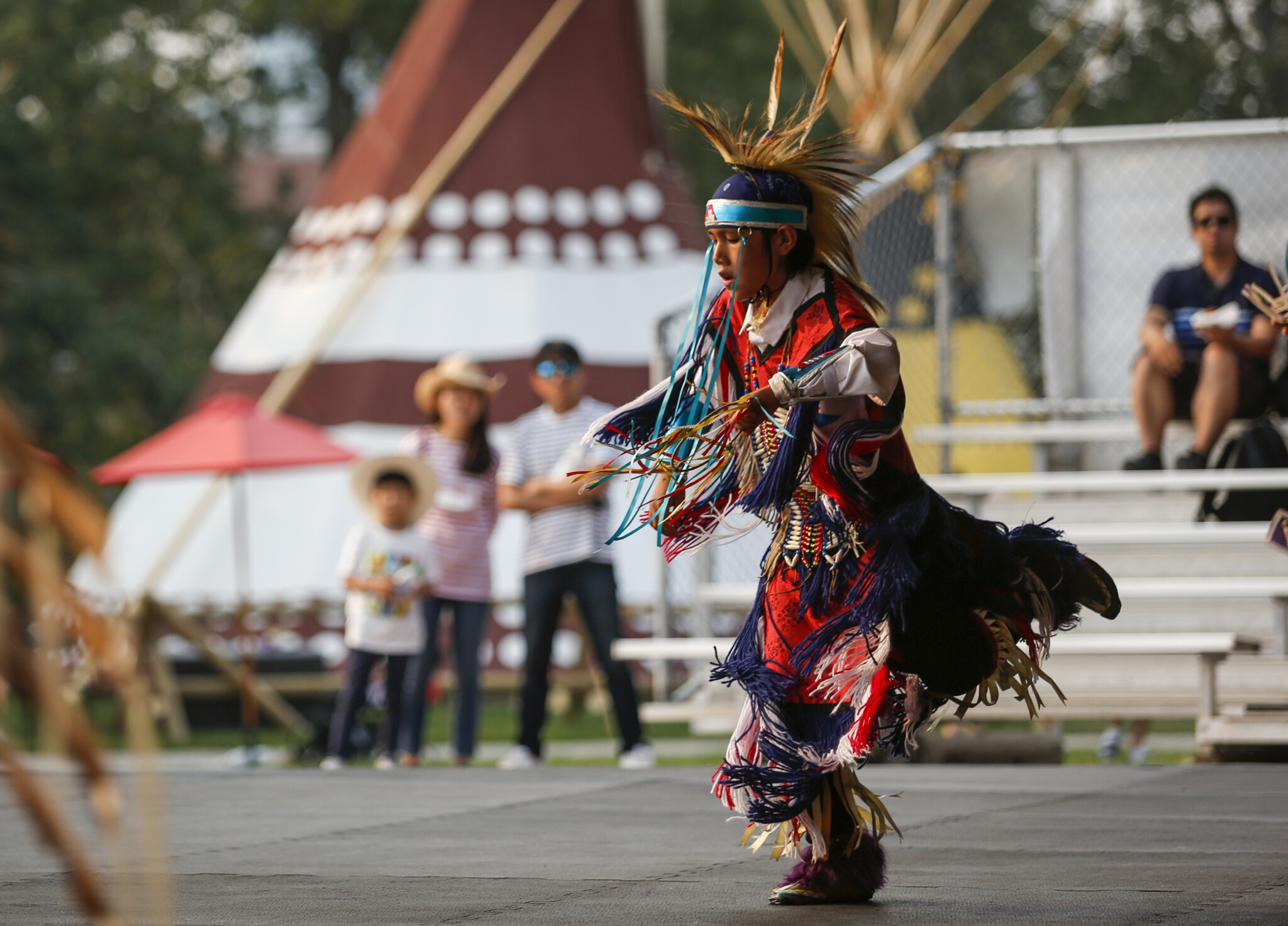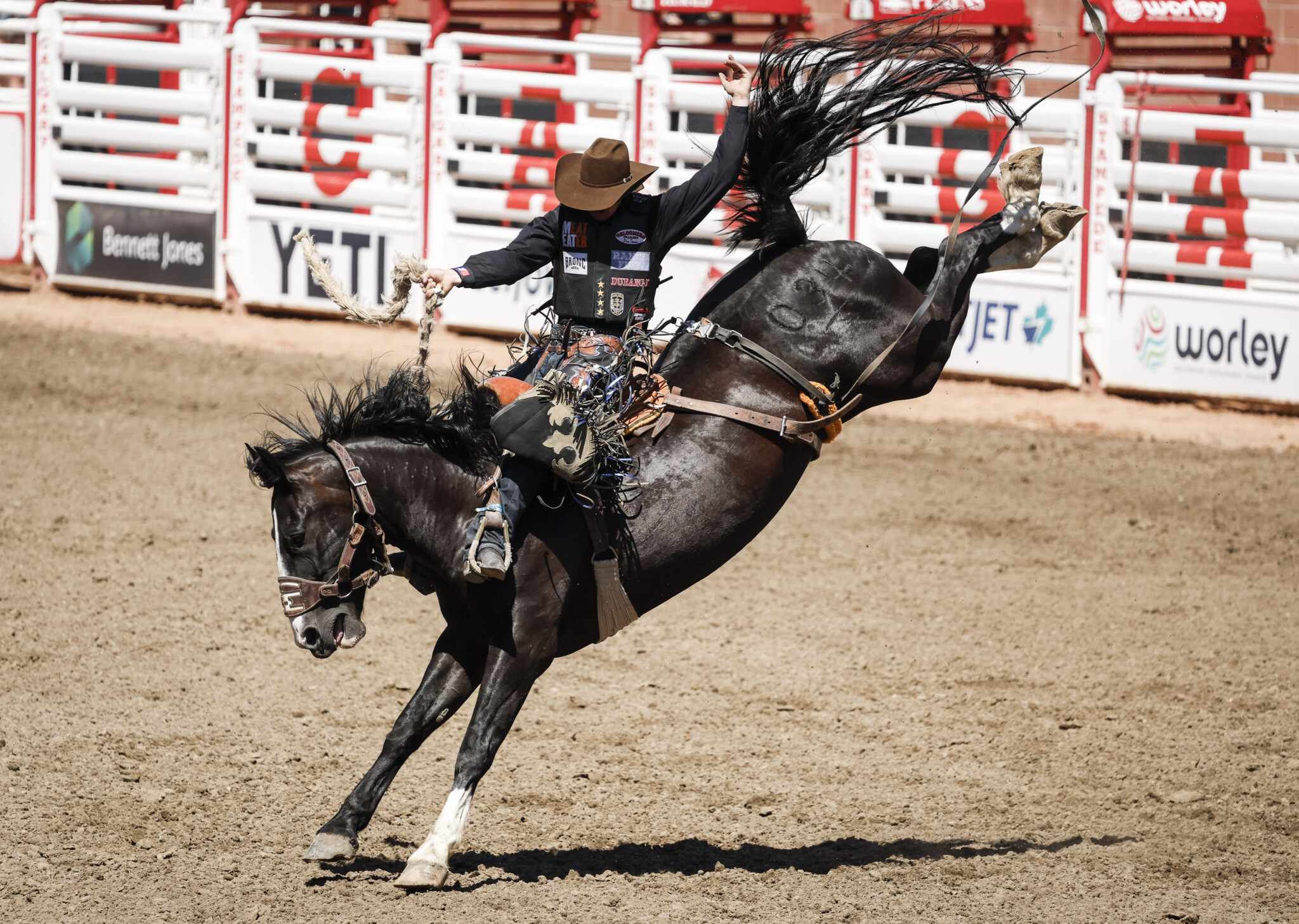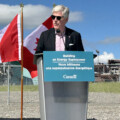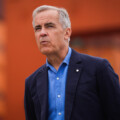Welcome to Need to Know, The Hub’s twice-weekly roundup of expert insights into the biggest economic stories, political news, and policy developments Hub readers need to be keeping their eyes on.
The Calgary Stampede is everything that makes Alberta great
By Lianne Bell, political commentator and former chief of staff to the speaker of the Legislative Assembly of Alberta
Once a year, we Albertans walk with a bit more pep in our step. We all have a bit more swagger in our stomp. We pull on our Wranglers, dust off our cowboy hats, and make our way to the Greatest Outdoor Show on Earth: the Calgary Stampede.
The best bronc riders, wagon racers, and bull riders put on a show second to none. Country music singers have the crowds two-stepping into the early morning. Neighbourhoods, charities, families, and companies, anyone willing to stand over a grill and make thousands of pancakes, welcome you for a free pancake breakfast. CEOs and executives trade in their blazers for boots to sit around plastic-clad picnic tables, eating beef on a bun.
The Stampede never disappoints. Why? Because the Calgary Stampede is the sum of what makes Alberta the greatest place in the world to live, work, and raise a family. You may be a celebrity, a politician, your family may have ranched here for generations, or this may be your first day in Alberta. You belong.

An Indigenous dancer performs for a crowd in the Elbow River Camp at the Calgary Stampede in Calgary, Alta., Wednesday, July 14, 2021. Jeff McIntosh/The Canadian Press.
That’s because Alberta asks of you but one thing, the same thing it has been asking for over a hundred years. Alberta doesn’t ask where you grew up or who your family is. Alberta only asks if you are willing to give it your all. You may have put your cowboy boots on just yesterday, or maybe it was just last year. It doesn’t really matter. What matters is the cowboy spirit, the grit and perseverance that each of us Albertans has. We believe in ourselves. In our ability to head out into the vast open plains and make a name for ourselves.
And just like every bronc rider thrown to the ground, we stand back up and mount up again because we are nothing if not stubbornly determined. We came to Alberta for opportunity, knowing we could chart our own course, build a life, raise a family, and start a business. We could become whatever we wanted. Would it be easy? Of course not. Greatness never is. We tune out the nattering voices from the rest of the country telling us we can’t, we shouldn’t, and we won’t.
And just like the great bison of the Prairies in a blizzard, we turn to face the storm and we survive, we persevere. So if you see me walking a bit taller around Stampede, know it’s the cowboy spirit, the essence of Alberta that has existed since the very first Stampede. And like the thousands of people moving to Alberta every year, we are all here for the same reason: because greatness is possible here. The only question is, are you ready to give it your all?
Why Canada must tackle digital extremism and terror financing now
By Daniel Robson, a Canadian independent journalist specializing in digital extremism, national security, and counterterrorism
On May 12, 2025, Khalilullah Yousuf, a Toronto resident, pleaded guilty to terrorism financing via cryptocurrency and digital platforms. He funnelled over $50,000 to extremist actors and managed more than 3,800 radicalizing hyperlinks. His conviction, the most significant of its kind in Canada, illustrates the new face of ideological extremism: borderless, online, and dangerously fast-moving.
Just weeks later, the Canadian Security Intelligence Service (CSIS) released its 2024 Public Report, warning that the digital space has become the central battleground for extremist recruitment, coordination, and subversion. The rise of ideologically motivated violent extremism (IMVE), fuelled by encrypted networks and foreign-backed propaganda, is reshaping Canada’s threat landscape. Alarmingly, a strong majority of Canadians still report not knowing what CSIS actually does.
This disconnect between growing threats and public awareness underscores a larger institutional gap. While CSIS and the RCMP are adapting, they remain hampered by outdated legislation, fragmented oversight, and limited resources. Investigations like Yousuf’s required extraordinary coordination across agencies and borders—a process that is not scalable without reform.
Canada needs a national strategy for countering digital extremism. This should include modernizing the Criminal Code to reflect online mobilization, establishing a dedicated inter-agency cyber disruption unit, and investing in public digital literacy initiatives. These steps are not only security imperatives but democratic safeguards.
Our allies are already ahead. The U.K., Australia, and the E.U. have introduced robust frameworks for countering online radicalization and foreign influence. Canada must not be the weak link in this shared front. Digital sovereignty cannot be an afterthought.
The case of Yousuf is not just a cautionary tale, it’s a wake-up call. One that reminds us that defending Canada means defending its digital frontiers with the same urgency we apply to physical threats.
40 years later, what can we learn from Canada’s worst terrorist attack?
By Alisha Rao, The Hub’s content coordinator
This June marked the 40th anniversary of the Air India bombing, the deadliest terrorist attack in Canadian history.
The attack on Flight 182 was perpetrated by Sikh terrorists (who had become Canadian citizens), wanting to send a message to the Indian government at the time. Over 300 people were killed in the bombing off the coast of Ireland, including 268 Canadians, many of whom were ethnically Indian. This was an event shared across the nations, but make no mistake, this is still a Canadian tragedy. It is up to Canada to learn from what went wrong.
Homegrown terrorism might be dormant, but not gone. Importantly, the terrorist groups that align with the motives of the Air India bombing terrorists are still active. The same issues that animated them 40 years ago are motivating people and groups to this day.
Balancing a multicultural society comes with its benefits and, in equal parts, its difficulties. Striking that balance is critical for Canada at this time of increasing immigration and multicultural contact happening in our country.
This is not just a domestic issue, either. Among the many things impacting the icy relations between Canada and India, the Air India bombing remains a key issue.
Diaspora politics should not drive policy. But neither should we sweep them under the rug. That will only exacerbate the dormant issues and prolong the suffering of those affected.

Jagit Grewal, left, shows her two-year-old grandson Devin Grewal where her husband, Daljit Singh Grewal, and his grandfather’s name is on a monument honouring those who died, during a memorial marking the 25th anniversary of the Air India bombing in Vancouver, B.C., on Tuesday, June 23, 2010. Darryl Dyck/The Canadian Press.
Given that this tragedy has largely remained hidden on the shelf of history for 40 years, collecting dust, and not receiving the commemoration it deserves, changing attitudes and understandings of the tragedy overnight isn’t possible. It is, however, feasible to educate future generations of Canadians.
Angus Reid polling has shown nearly 50 percent of Canadians across many demographics support the bombing being taught in schools. Bob Rae, Canada’s representative to the United Nations, reflected on his own journey leading the inquiry into the bombing in 2005 and arrived at the same conclusion. Additionally, he wrote, “Ahakista [a small hamlet in Ireland] has become an unlikely international dateline and ground-zero memorial for the worst act of terrorism ever committed against Canadians, and the cascading, generational tragedy it unleashed.” While this year saw many memorial services across Canada and abroad, there is more to be done in remembrance of the victims.
A family friend of mine, who was affected by the bombing, reached out to me, telling me how healing the memorial services in Ireland were. This level of care and commemoration should find its way back home to Canada so that we all—not just the diasporic Indian community in our country—can heal and learn from this terrible tragedy.








